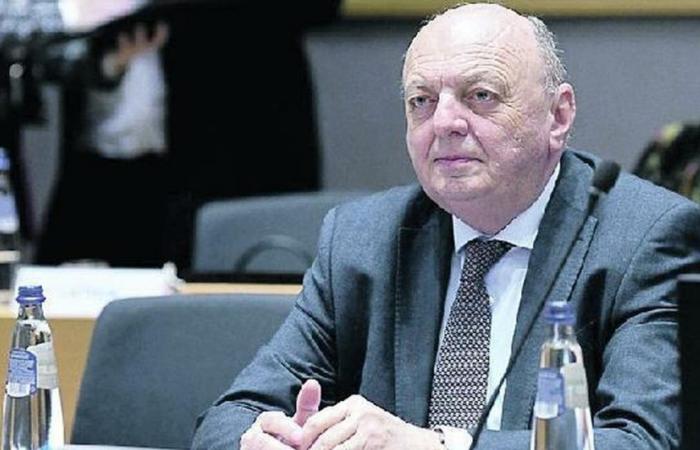The first mini-nuclear reactors will be seen after 2030. But If Italy used all its nuclear capacity that can be installed by 2050, it could cover at least 22% of Italians’ electricity consumptionapproximately 16 Gigawatts of demand. The estimate is written down in black and white in the Pniec, the National Integrated Energy and Climate Plan, definitive with a “realistic and technologically neutral approach” sent yesterday to Brussels. According to the data provided by the National Platform for Sustainable Nuclear (PNNS), the contribution will come from the new national strategy that focuses on advanced nuclear fission, and in particular from small modular plants (SMR, AMR and microreactors), but also “in the years close to 2050, from a share of energy from fusion”. In the meantime, however, the Ministry of the Environment and Energy Security of Gilberto Pichetto Fratin prefers to include in the ad hoc scenario, cited for the first time in the Pniec, an estimate defined as “prudent”, which imagines exploiting only half of the estimated potential, and therefore 11% of covered consumption.
Of all this future treasure of clean energy, the 2030 objectives of the same Pniec evidently do not take into account, according to the horizon established by the EU. And so, on this front, Italy is maintaining the renewable energy target already set in the draft document drawn up a year ago, but is significantly reducing emissions while not fully hitting the target set in Brussels, and is doing so by focusing much more on biofuels, a non-significant increase in the use of electric cars and more generous promises on the requalification and energy efficiency front of public and private buildings, also with the push of heat pumps and district heating, thanks to a new system of deductions still to be defined in detail. Thus, our country intends to reach a share of energy from renewable sources in gross final energy consumption of 39.4% in 2030.
More specifically, this share of coverage of needs from RES is 34% in the transport sector, 36% in heating/cooling, 63% in the total expected final consumption of the electricity sector, 54% in relation to the total hydrogen used in industry. This is «an opportunity for development without preclusions» for Minister Pichetto. A strategy in which «nuclear is needed in countries like Italy where there is not much space» for the construction of large wind and photovoltaic plants», says Marco Alverà, founder and CEO of Zhero and Tes.
THE EFFICIENCY
The energy efficiency of buildings seems to take on a greater role in the final document sent to the EU. But there are no precise indications on how to reach certain ambitious targets between incentives and deductions. However, it is clearly written how important it is «greater institutional cooperation between the various national and local administrations competent on the topic of the interaction between measures for energy poverty, housing policies and efficiency in public and private construction becomes even more evident». It is no coincidence that the discussion started within the National Observatory for Energy Poverty also goes in this direction. And it is necessary to overcome, says the Mase, «the critical issues in data collection and in mapping local situations deriving from the incompleteness and high heterogeneity of the operational, regional and local databases».
BIOFUELS
Italy then pushes on renewable fuels of non-biological origin (even when used as intermediates for the production of traditional fuels) and on fuels from recycled carbon. In this case the obligation increases from the 10% quota in 2023 to 16% in 2030. Not only that. The use will be mandatory for the Public Administration.
© ALL RIGHTS RESERVED
Read the full article on
The messenger






